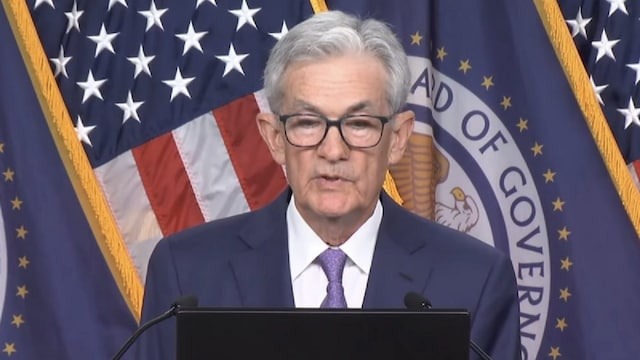
New Delhi. When it comes to dealing with climate change, it is not just an environmental issue, but a question of life and death. But developed countries like America and China do not even listen to developing countries. There is no harm in saying that they act arbitrarily. Now when the problem of carbon emissions and global warming is standing in front of the whole world, it is still not being taken seriously. This is just a sample of how developed countries like China and America are trying to choke developing countries like India.
Recently, at the COP 29 conference held in Baku, Azerbaijan, a target of 300 billion dollars annually for climate finance was set, which could help developing countries. But this agreement too was surrounded by controversies. India called it an "optical illusion" and said that it could not solve the real climate problems. Developing countries had demanded at least one trillion dollars (1000 billion dollars) for this. Let us understand the depth of this agreement and the concerns of developing countries including India.
What is the agreement reached at COP 29?
According to the final official draft of the United Nations, the main objective of COP 29 was to triple the previous climate finance plan. Earlier, there was a plan of $ 100 billion (₹ 8.25 lakh crore) every year, which has now been increased to $ 300 billion (Rs 24.75 lakh crore).
According to the agreement, by the year 2035, efforts will be made to provide financial assistance of up to $ 1.5 trillion (Rs 123.75 lakh crore) to developing countries from public and private sources. Apart from this, $ 1.3 trillion (Rs 1,07,25,000 crore) will be specifically ensured for vulnerable countries in the form of grants and public funds.
Why did India raise its voice of protest?
India rejected this agreement and called it an "illusion". Indian representative Chandni Raina said, "This document is unable to solve the real challenge. This is only a show-off agreement, which cannot solve the real problems." India accused the developed countries of not fulfilling their responsibilities. The Indian side argued that this agreement ignores the priorities of developing countries.
What are the key outcomes of COP 29?
- New target for climate finance: Promise to assist developing countries with $300 billion (Rs 24.75 lakh crore) every year by 2035.
- Further review: Progress will be reviewed through reports in 2026 and 2027. A final review will be conducted in 2030.
- National Climate Plans: By 2025, all countries will submit their new climate plans, which will be the real measure of progress towards the agreement.
- Carbon market deal: A government-to-government agreement was reached, ending years of deadlock on the carbon market.
- UK's target: Plans to cut emissions by 81% from 1990 levels by 2035. Similar steps are expected from other major countries.
Opinion of the United Nations and experts
UN Secretary-General Antonio Guterres described the agreement as "below expectations", saying, "This agreement is a foundation, but its timely and full implementation is essential." He said, "I would have expected a much better result to meet the enormous challenges we face."
Simon Steele, the United Nations Executive Secretary for Climate Change, has called the new financial agreement reached at COP29, "an insurance policy for humanity". Simon Steele said, "This agreement will promote the development of clean energy and save billions of lives. But like any other insurance policy, it will work only when the installments are paid on time and in full." He admitted that no country got what it wanted, and the world is returning from Baku with a mountainous task ahead. He also added, "Therefore, this is not the time to clap in the joy of victory. We have to make every effort while keeping our eyes on the path of Belen." Let us tell you that the 2025 COP 30 conference will be held in Belen, the eastern Amazon region of Brazil.
India said- Extremely sorry.
Indian representative Chandni Raina expressed her unhappiness over this agreement and said that it reflects the reluctance of developed countries to fulfill their responsibilities. Raina said, "I am extremely sorry to say that this document is nothing but an optical illusion."
A report in India Today quoted Aarti Khosla, director of Climate Trends, as saying that "the target of $300 billion is a good start, but it is not clear where the money will come from. Raising finance from developed countries has always been challenging." IPCC author Deepak Dasgupta described it as the "last hope in Pandora's box" and said that if this fund comes in the form of grants, and focuses on public money rather than loans, it can make a big difference.

 Desk
Desk Share
Share






